Experts taking part in the Energy Now exhibition in Kilkenny last week agreed that a five-year payback period was the maximum required to attract farmers to energy saving and renewable production investments. “All renewables require some type of subsidy to stack up, but once the payback is under five years, it makes sense,” said Teagasc energy specialist Barry Caslin.
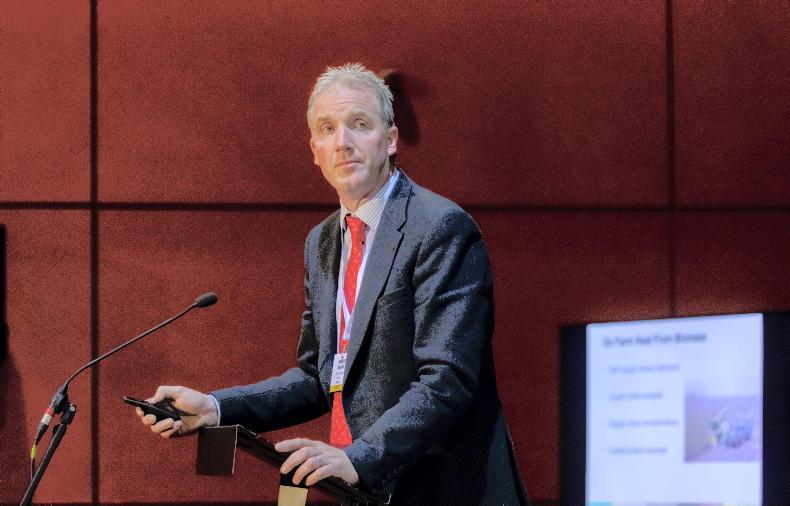
Barry Caslin, energy and renewable specialist, Teagasc speaking at the Energy Now 2018 exhibition in Kilkenny. \ Dylan Vaughan
Moorepark dairy energy researcher John Upton said variable speed drives controlling vacuum pumps on milking machines have achieved electricity savings of around 60%. These cover the cost of investment over seven to eight years on a single-phase installation, and five years on a three-phase connection. Grants available on a pilot basis for the past two years have brought this under five years and “will hopefully be open again next year – budget permitting”, Upton said.
Other options include heat recovery from milk cooling and plate coolers running on well water. A free online calculator developed by Teagasc, Cork IT, and the Sustainable Energy Authority of Ireland shows savings for your farm at ifj.ie/dairypower. These technologies can in turn be combined with solar panels or a wind turbine to replace some of the energy purchased from the grid. Solar photovoltaic (PV) systems are generally the most attractive for dairy farms, Upton said. “We’re hanging around a 10-year return on investment for PV systems in the absence of any grants,” he said. He and Caslin hoped that TAMS grants available for PV on pig and poultry houses would soon be extended to cattle sheds.
There should be specific funding schemes for small-scale projects
Tom Foley of Solar Electric shared data from a Co Wexford pig farm where a TAMS grant covered €32,800 of a 92kWp PV installation costing €82,800. He and Pat Smith, co-chair of the Micro Renewable Energy Federation, agreed the project was representative of the current costs for farm-scale PV at €800 to €900/kWp. At the current electricity price of 14c/kWh, the farm will pay back its investment in 4.4 years, Foley said.
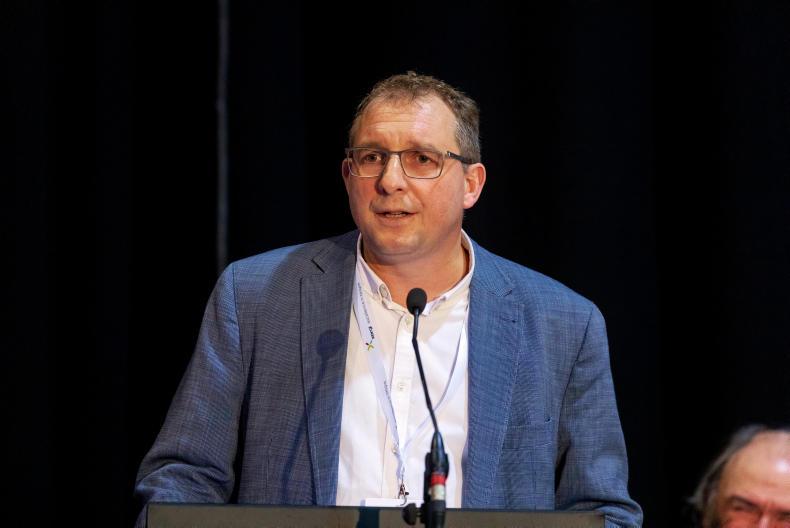
Dirk Hendricks, senior policy advisor, European Renewable Energies Federation, at the Energy Now 2018 exhibition in Kilkenny. \ Dylan Vaughan
Dirk Hendricks, senior policy adviser for the European Renewable Energies Federation, said self-consumption remained the most attractive option for small-scale renewables around Europe. “There should be specific funding schemes for small-scale projects,” he said.
The Government has promised support schemes for PV on sheds and community-led renewable generation, but not until 2019 or 2020.
In the meantime, the first phase of the Renewable Electricity Support Scheme next year will be an auction, where the cheapest producers compete for the funds available. A Co Cork tillage farmer at Energy Now told the Irish Farmers Journal he was considering converting 50ac to 60ac to a solar farm, but had lost confidence that the project prepared with a solar energy developer would be realised. “I don’t think they’re going to go for an auction-based system,” he said.
Read more
Renewables facing import competition
Listen: co-ops needed to fight climate change
Experts taking part in the Energy Now exhibition in Kilkenny last week agreed that a five-year payback period was the maximum required to attract farmers to energy saving and renewable production investments. “All renewables require some type of subsidy to stack up, but once the payback is under five years, it makes sense,” said Teagasc energy specialist Barry Caslin.

Barry Caslin, energy and renewable specialist, Teagasc speaking at the Energy Now 2018 exhibition in Kilkenny. \ Dylan Vaughan
Moorepark dairy energy researcher John Upton said variable speed drives controlling vacuum pumps on milking machines have achieved electricity savings of around 60%. These cover the cost of investment over seven to eight years on a single-phase installation, and five years on a three-phase connection. Grants available on a pilot basis for the past two years have brought this under five years and “will hopefully be open again next year – budget permitting”, Upton said.
Other options include heat recovery from milk cooling and plate coolers running on well water. A free online calculator developed by Teagasc, Cork IT, and the Sustainable Energy Authority of Ireland shows savings for your farm at ifj.ie/dairypower. These technologies can in turn be combined with solar panels or a wind turbine to replace some of the energy purchased from the grid. Solar photovoltaic (PV) systems are generally the most attractive for dairy farms, Upton said. “We’re hanging around a 10-year return on investment for PV systems in the absence of any grants,” he said. He and Caslin hoped that TAMS grants available for PV on pig and poultry houses would soon be extended to cattle sheds.
There should be specific funding schemes for small-scale projects
Tom Foley of Solar Electric shared data from a Co Wexford pig farm where a TAMS grant covered €32,800 of a 92kWp PV installation costing €82,800. He and Pat Smith, co-chair of the Micro Renewable Energy Federation, agreed the project was representative of the current costs for farm-scale PV at €800 to €900/kWp. At the current electricity price of 14c/kWh, the farm will pay back its investment in 4.4 years, Foley said.

Dirk Hendricks, senior policy advisor, European Renewable Energies Federation, at the Energy Now 2018 exhibition in Kilkenny. \ Dylan Vaughan
Dirk Hendricks, senior policy adviser for the European Renewable Energies Federation, said self-consumption remained the most attractive option for small-scale renewables around Europe. “There should be specific funding schemes for small-scale projects,” he said.
The Government has promised support schemes for PV on sheds and community-led renewable generation, but not until 2019 or 2020.
In the meantime, the first phase of the Renewable Electricity Support Scheme next year will be an auction, where the cheapest producers compete for the funds available. A Co Cork tillage farmer at Energy Now told the Irish Farmers Journal he was considering converting 50ac to 60ac to a solar farm, but had lost confidence that the project prepared with a solar energy developer would be realised. “I don’t think they’re going to go for an auction-based system,” he said.
Read more
Renewables facing import competition
Listen: co-ops needed to fight climate change






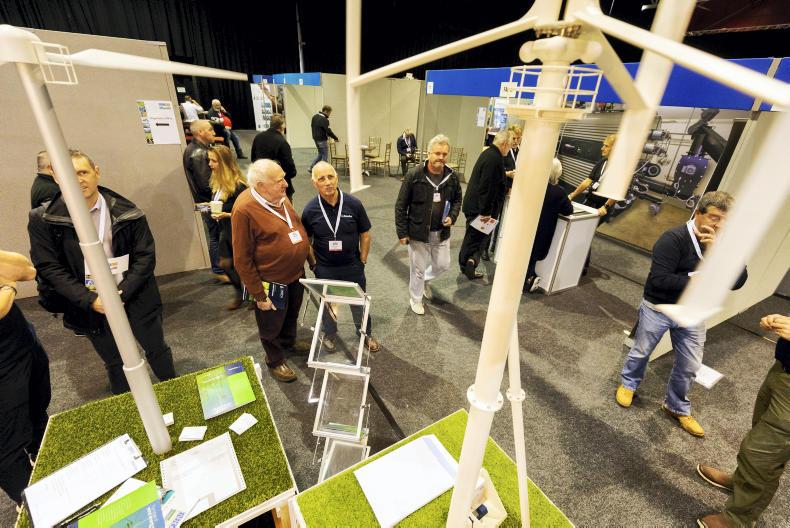
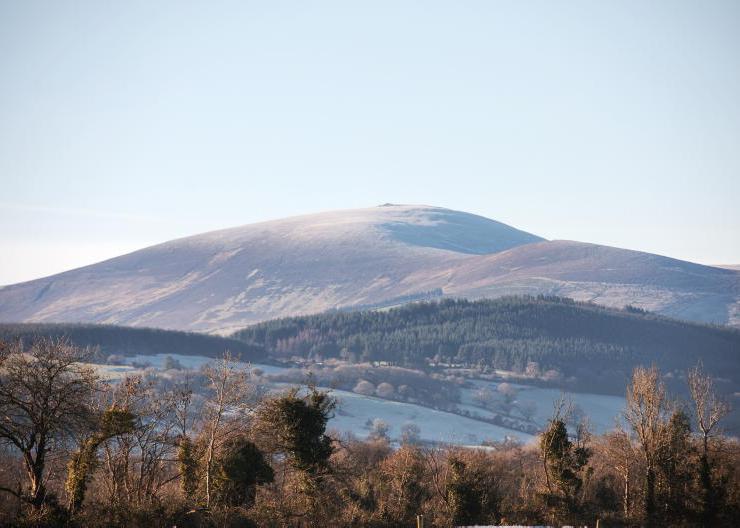


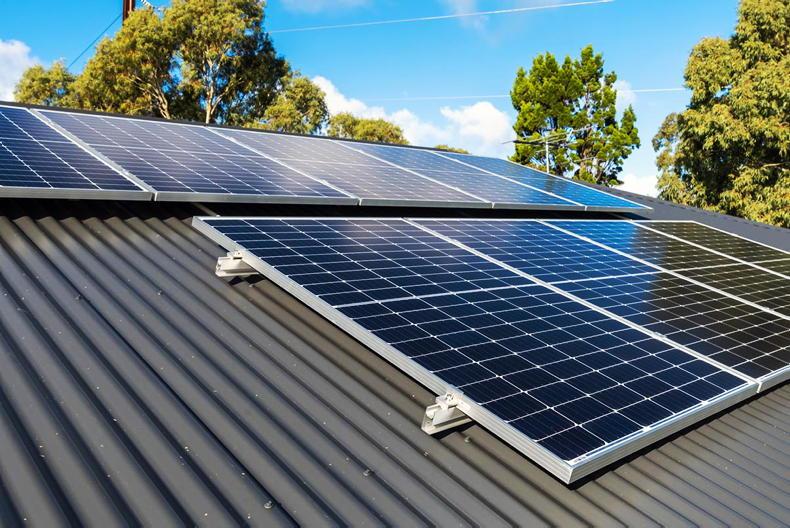
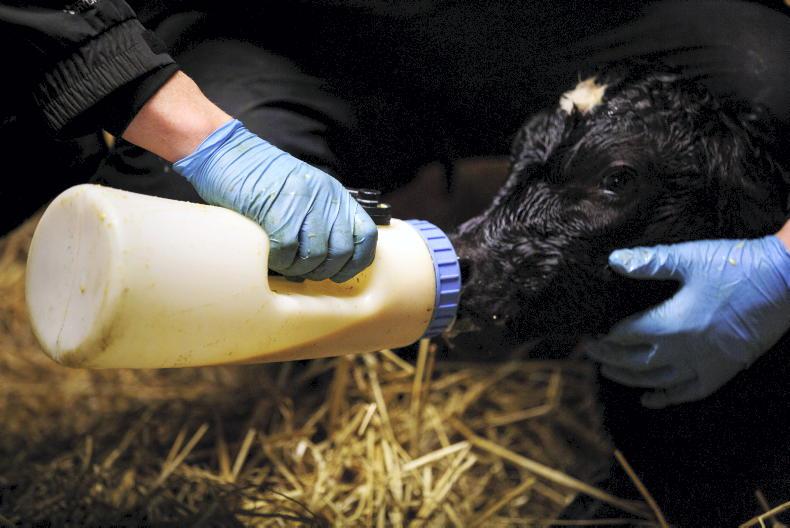
SHARING OPTIONS